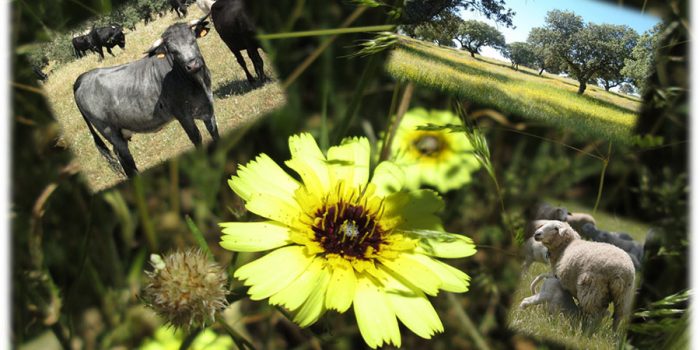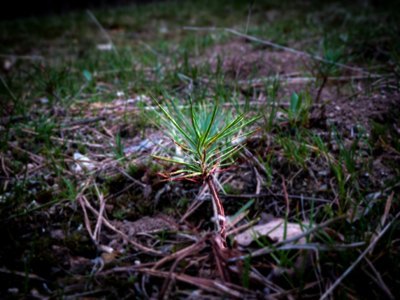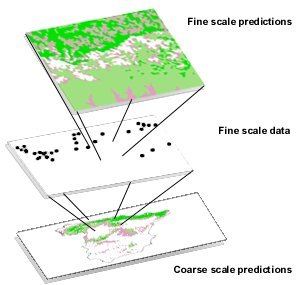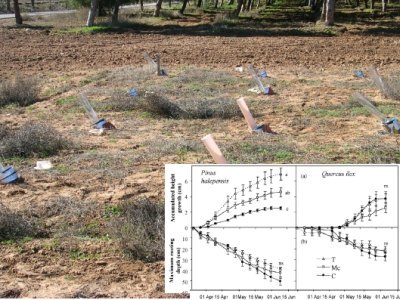
Doctoral Thesis “Balance of management and conservation of scattered Mediterranean oak forests (Dehesas) in landscapes dominated by humans”
Aida López Sánchez, member of ECOGESFOR, defended her Doctoral Thesis on June 30, 2015. The research developed in this Doctoral Thesis has been carried out in Mediterranean agroforestry systems, mainly in the pastures. These systems are of great ecological and socio-economic importance and maintain high environmental and biological diversity values while producing important ecosystem services.
The thesis studies:
i) the evidence of the existence of a global change in the tree stratum and grazing management in the entire range of the range during the last 60 years;
ii) the importance of the role played by scattered trees and proper livestock management in improving the production, quality and diversity of herbaceous communities, which in turn, a well-developed herbaceous pasture is important for the profitability of the system, evaluating these effects under different weather and season quality scenarios; and
iii) the evidence of the lack of regeneration in Mediterranean agroforestry systems under different types of grazing management, and the growth and development of the few existing seedlings that will be those that ensure the viability and persistence of these systems is also evaluated.
The results of this thesis show us the importance of the existence of a balance between the production and conservation of Mediterranean agroforestry systems to obtain a sustainable production of ecosystem services while ensuring the long-term perpetuation of the system.
It is crucial to design management plans incorporating conservation objectives that integrate appropriate silvopastoral techniques to be applied in Mediterranean agroforestry systems. The results have been partially published in Plos ONe and Grass and Forage Science.



